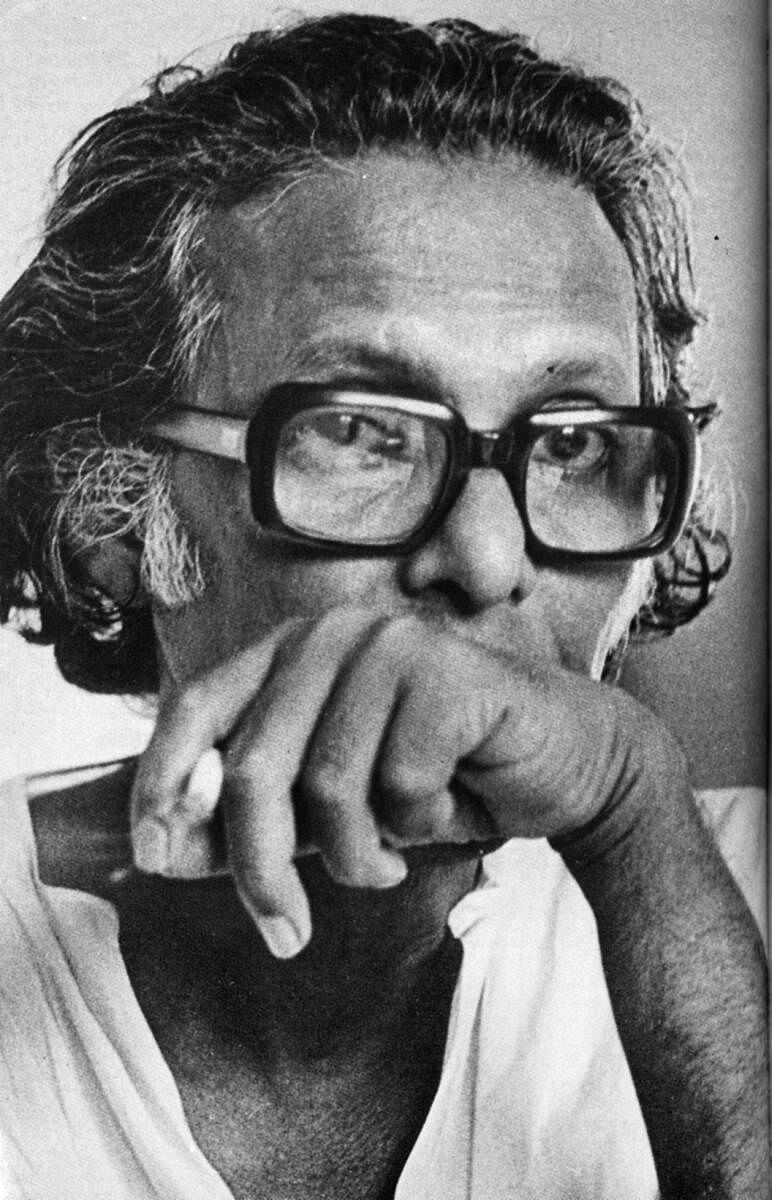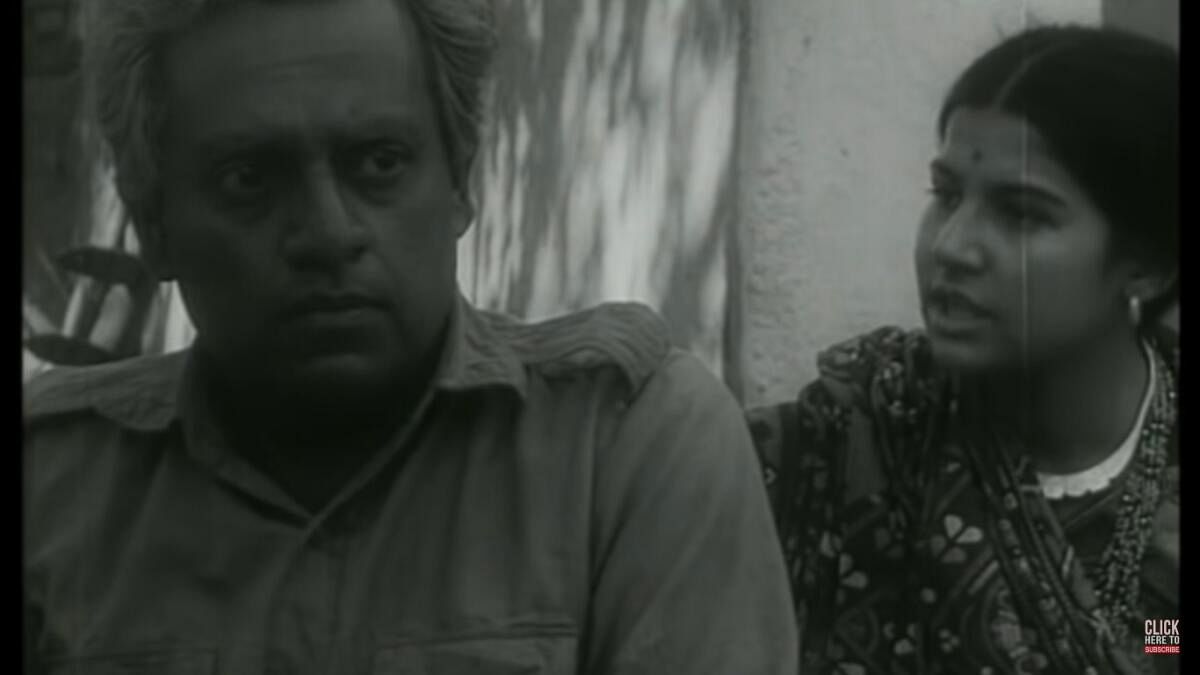

Satyajit Ray, Ritwik Ghatak and Mrinal Sen brought international fame to Indian cinema. Every filmmaker of the next few generations who were offbeat swore by them. They made meaningful films and never catered to box office oriented entertaining gimmicks. Cinema to them was the great medium of art.
In 1965, I was deeply moved viewing Mrinal Sen’s ‘Akash Kusum’. The camera spoke for itself in the film with excellent montages and freeze shots. Mrinal Sen showed his control on every department of film making. In 1969, ‘Bhuvan Shome’ was a cult film in the sense it started the trend of parallel cinema in Hindi. A true socialist, Mrinal Sen depicted the decadence of an existing feudal system well.
He rose to peaks of fame with his ‘Calcutta Trilogy’ in the early 70s. ‘Interview’, ‘Calcutta 71’ and ‘Padatik’ remain lining documents of the restless Calcutta of the 70s. Mrinalda always felt Calcutta was his El Dorado. He could literally lie on the streets, viewing different angles with his movie camera. So his documentation effects were realistic, never larger than life.
By the late 70s, Shyam Benegal, Sayed Akhtar Mirza, Ravindra Dharmaraj and I got involved in film making. Calcutta was our favourite city to visit. Ritwik Ghatak had sadly passed away by then. Shyam and I dropped in at Satyajit Ray and Mrinal Sen’s residences whenever we were on a tour.
They were both perfect hosts and treated us with utmost care. They were Manikda and Mrinalda to us. I always cherish my personal moments with Mrinalda and Gitadi (Mrinalda’s wife). We debated on politics, cinema, literature and many subjects. Mrinalda and Gitadi were way ahead of me in knowledge and I learnt a lot from them. Gitadi was a naturally gifted actress.
‘Oka Uri Katha’, ‘Mrigaya’, ‘Ekdin Pratidin’ and ‘Kharij’ are Mrinal Sen’s inimitable films. He never reputed himself. ‘Akaler Sandhane’ was a masterly work of film within a film. In 2009, ‘Khandhar’ could not be screened at the Cannes Classic Section due to a bad print; on Mrinalda’s request, I restored it at the National Film Archive of India, Pune. Being a cinematographer myself, I marveled at the cinematic play of colours via montages in ‘Khandhar’ while restoring each frame.
‘Khandhar’ won rare applause at Cannes when screened in 2010. Mrinalda was influenced by Sir Charles Chaplin, Sergei Eisenstein, Vittorio De Sica and Jean Luc Godard. He admired the works of Akira Kurosawa too. I remember how fond he was of ‘My Fair Lady’ and ‘Night of the Iguana’.
I last visited Mrinalda in 2014, when I was in Kolkata to deliver the Satyajit Ray Memorial Lecture at the Kolkata International Film Festival. I presented a DVD of my directorial venture, ‘Hazar Churashi Ke Ma’ to Mrinalda and Gitadi.
I’m moved to tears reminiscing our last conversation. His centenary proves beyond doubt there will never be a second Mrinalda. His combination with K K Mahajan (cinematographer) and Gangadhar Naskar (editor) remains legendary. Mrinalda improvised in his scripts, never compromised.